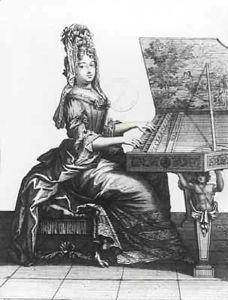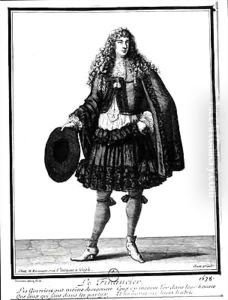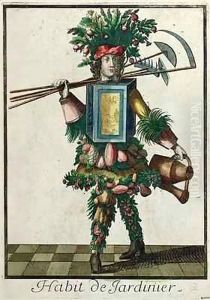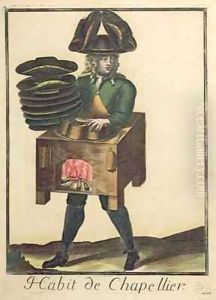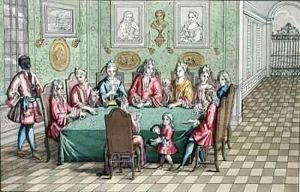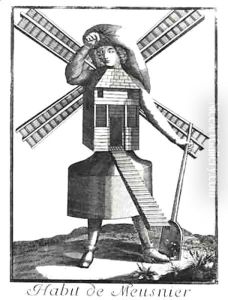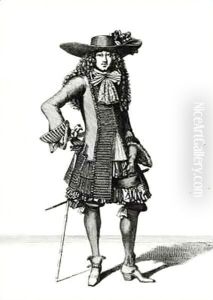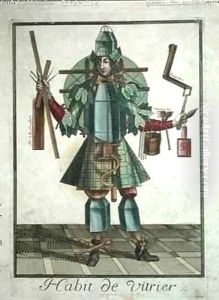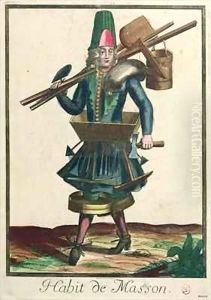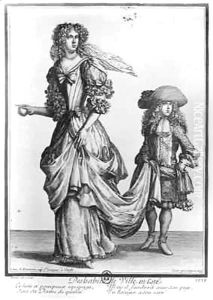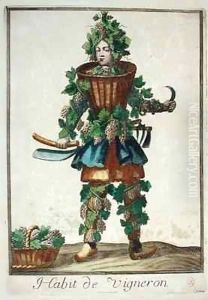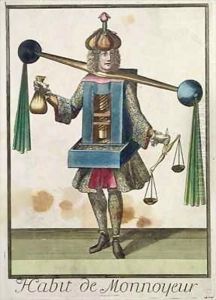Family of Engravers Bonnart Paintings
The Bonnart family, active primarily in the 17th and early 18th centuries, was a remarkable dynasty of French engravers, publishers, and artists, known for their significant contributions to the art of engraving and printmaking during the late Baroque period. The family comprised several key members, including Henri Bonnart (1642-1711), Robert Bonnart (1652-1733), Nicolas Bonnart (c. 1637-1718), and Jean-Baptiste Bonnart (1654-1726). Each played a distinct role in the development and dissemination of the visual culture of their time, specializing in fashion prints, portraits, and historical scenes.
Henri Bonnart, one of the most prominent members, established a successful studio in Paris, producing prints that were highly sought after by the French aristocracy for their elegance and detail. His works often depicted the latest fashions and social scenes, serving as a valuable record of the changing tastes and styles of the period.
Robert Bonnart was known for his military and historical scenes, contributing to the popular genre of battle prints that catered to the interests of a more masculine audience. His engravings are notable for their dynamic composition and attention to detail, capturing the energy and chaos of warfare.
Nicolas Bonnart focused on the production of fashion prints, like his brother Henri. However, Nicolas distinguished himself through his incorporation of satirical elements, subtly critiquing the excesses of contemporary fashion and society. His works are characterized by a keen eye for detail and a wry sense of humor.
Jean-Baptiste Bonnart specialized in portraiture, capturing the likenesses of notable figures of his time. His portraits are valued for their accuracy and the insight they provide into the personalities and fashions of the French elite.
The legacy of the Bonnart family extends beyond their individual contributions to the arts. Together, they played a crucial role in the evolution of printmaking in France, influencing subsequent generations of artists and engravers. Their works, collected and admired for their artistic quality and historical value, offer a fascinating glimpse into the cultural life of France during the transition from the Baroque to the Rococo period.
